How We Boosted This Cybersecurity Website's Search Engine Ranking In Less Than 60 Days
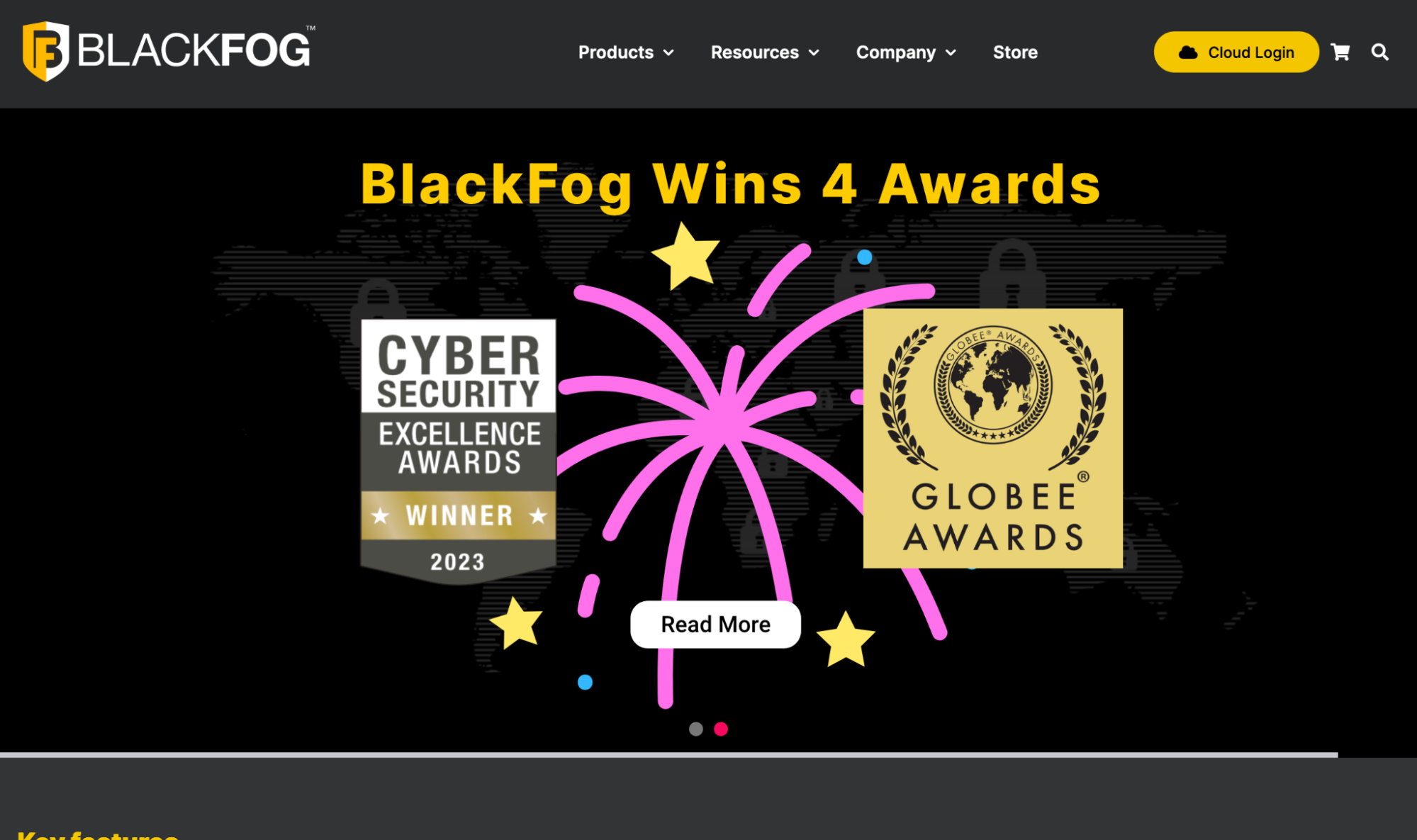
Overview :
Our client is a cybersecurity management company that operates in the B2B space. The company approached our digital marketing agency after being targeted by an AdWords campaign. We began working together to improve the company’s SEO and digital presence.
Challenges:
The client came to us hoping to increase traffic and leads—a common request for an SEO company to hear—as well as boost their brand awareness within what is an increasingly competitive vertical. We were happy to take on the challenge.
One of the biggest initial challenges that we faced was the fact that the client did not use Google Analytics but instead relied on an alternative analytics provider, SlimStat. This meant starting from a point where reliable statistics and data—a staple of a good SEO improvement campaign—were not always available.
There were also numerous technical SEO issues that needed to be fixed on the website. We had to identify and fix these issues, which ranged from critical fixes to semi-important, nice to have fixes that we still felt were important to fully address.
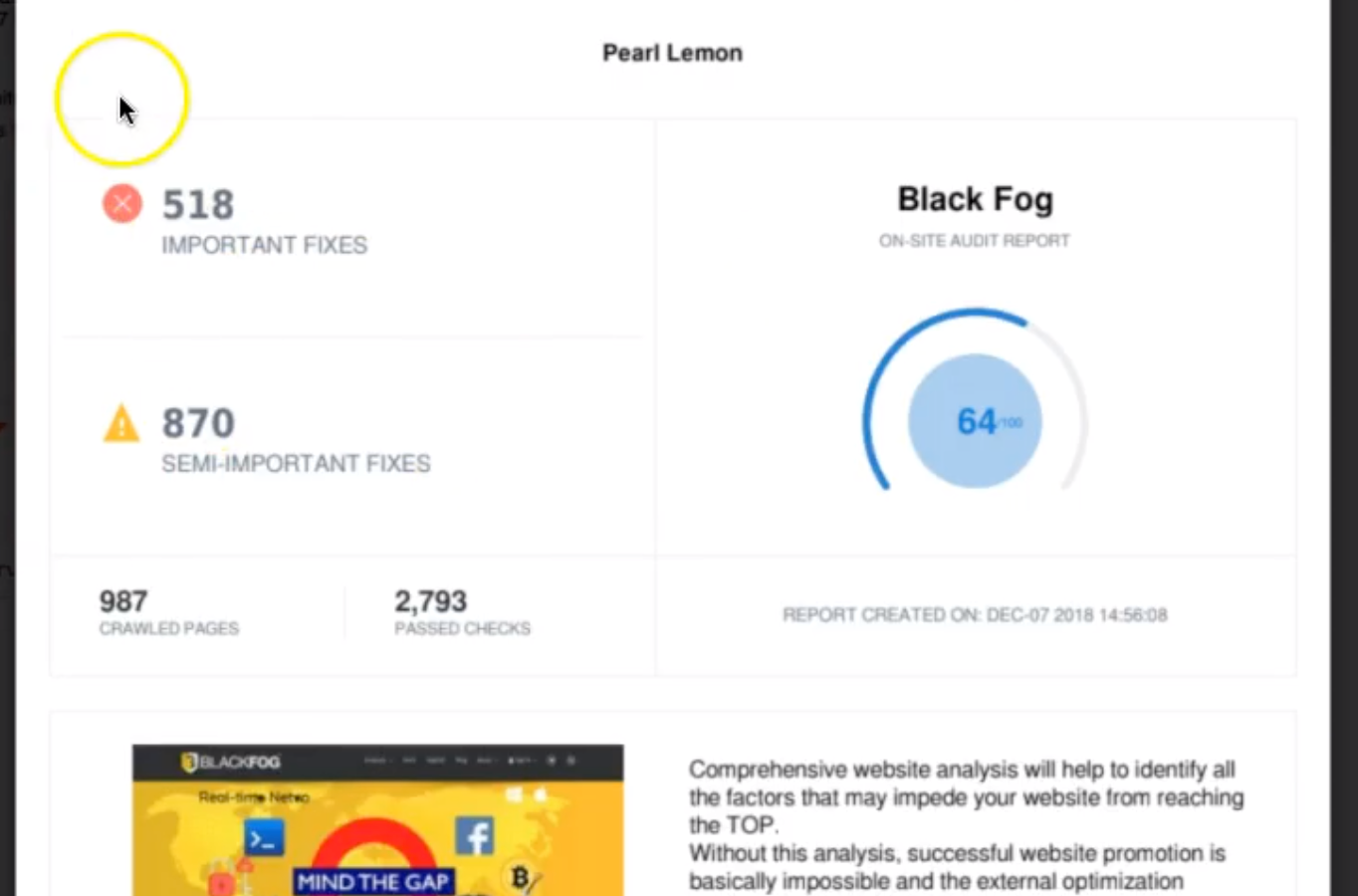

Solutions:
We began our work on this project by conducting a comprehensive website audit to identify technical issues that needed to be addressed. We used a variety of tools to analyze the site’s structure, content, and performance.
We identified a number of important technical SEO issues, including slow page load times, poor URL structure, and thin content.
To address these issues, we implemented a range of fixes. These included:
Google Analytics Implementation
As mentioned, the client was not utilizing Google Analytics, relying instead on a lesser tool, Slim Stat.
Implementing Google Analytics is a critical aspect of any website’s digital marketing strategy. Google Analytics provides valuable insights into how users interact with a site, allowing site owners to make data-driven decisions about how to improve the site’s user experience and SEO. To implement robust Google Analytics on a site, there are several steps that need to be taken.
The first step is to create a Google Analytics account and set up a tracking code on the site. This code will enable Google Analytics to track user behavior on the site, including how users navigate the site, how long they spend on each page, and where they come from. Once the tracking code is set up, it’s important to configure Google Analytics to track specific goals and events, such as form submissions, downloads, and video plays.
Another important aspect of implementing robust Google Analytics is to ensure that the data being tracked is accurate and relevant. This involves configuring the account settings to exclude internal traffic, setting up filters to exclude spam traffic, and configuring the site search settings to track on-site searches.


As mentioned, the client was not utilizing Google Analytics, relying instead on a lesser tool, Slim Stat.
Implementing Google Analytics is a critical aspect of any website’s digital marketing strategy. Google Analytics provides valuable insights into how users interact with a site, allowing site owners to make data-driven decisions about how to improve the site’s user experience and SEO. To implement robust Google Analytics on a site, there are several steps that need to be taken.
The first step is to create a Google Analytics account and set up a tracking code on the site. This code will enable Google Analytics to track user behavior on the site, including how users navigate the site, how long they spend on each page, and where they come from. Once the tracking code is set up, it’s important to configure Google Analytics to track specific goals and events, such as form submissions, downloads, and video plays.
Another important aspect of implementing robust Google Analytics is to ensure that the data being tracked is accurate and relevant. This involves configuring the account settings to exclude internal traffic, setting up filters to exclude spam traffic, and configuring the site search settings to track on-site searches.
Site Wide Image Optimization
We optimized the site’s images and code to reduce page load times. Optimizing images is a crucial aspect of technical SEO that can significantly improve site performance.
Large image file sizes can slow down page load times, which can lead to high bounce rates and low engagement. Optimizing images involves reducing their file size without compromising their quality, which can improve page load times and overall site performance.
When images are optimized, they take up less space on the server and can be loaded more quickly by users. This results in a faster page load time, which can improve the user experience and keep users engaged with the site. Additionally, Google uses page speed as a ranking factor, so optimizing images can help improve a site’s search engine rankings.
There are several ways to optimize images, including compressing the file size, using the correct file format, and scaling the image to the correct size. Once this is done, images should also all have relevant, keyword optimized alt tags.
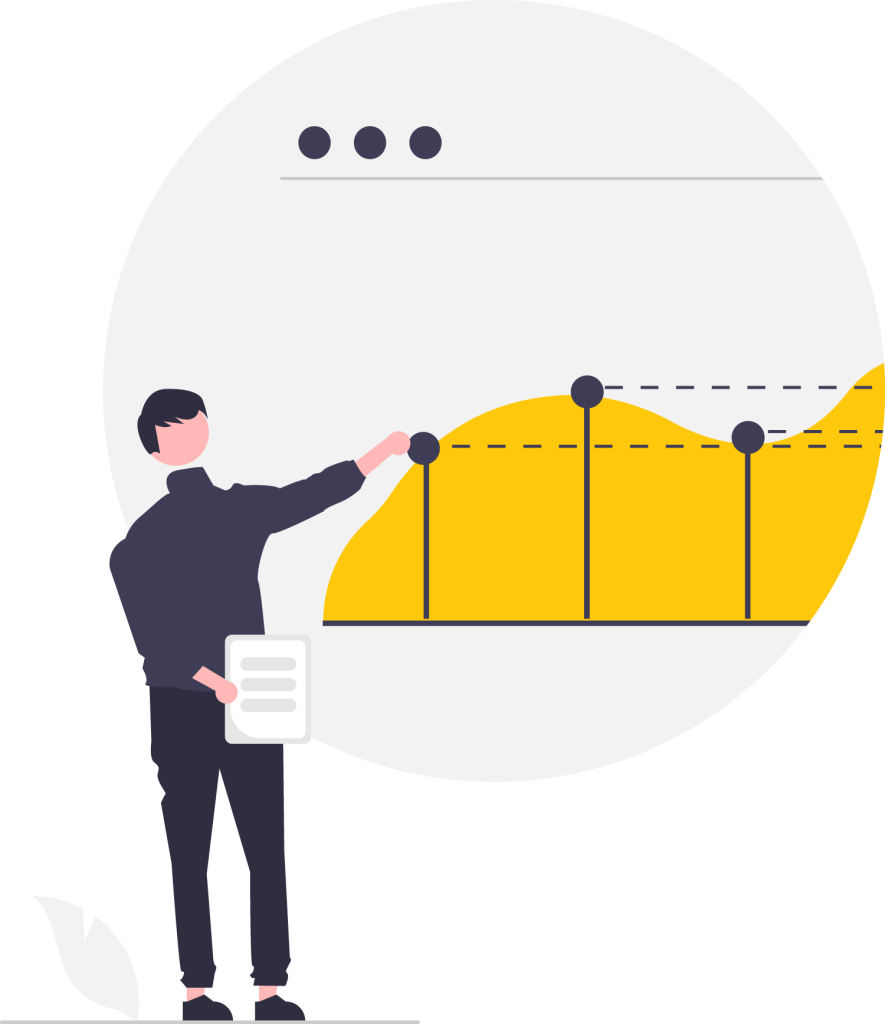

Alt tags are a critical aspect of on-page SEO that help search engines understand the content of an image. Alt tags are short descriptions that are added to the HTML code of an image, providing information about the image’s content to search engines and users who may have difficulty viewing the image. Alt tags are crucial for accessibility and can also help to improve a site’s search engine rankings.
Alt tags provide context to search engines, enabling them to understand the content of an image and rank it accordingly. By providing a detailed description of the image, site owners can help search engines understand how the image is relevant to the content on the page. This can help improve the site’s rankings for relevant search terms and increase traffic to the site.
Adding alt tags at scale can be challenging, particularly for sites with a large number of images.
By optimizing images, you can ensure that their site loads quickly and provides a positive user experience. For this client, we utilized a team of our SEO experts to research SEO-friendly keywords relevant to each image already on the site.
To leave the client’s site in great shape for the future, we then implemented a tool that would automatically generate alt tags based on the image’s file name or other metadata. These tools will save them time and ensure that alt tags are added consistently and accurately.
URL Structures
During our work with this cybersecurity client, we identified that their URL structure was not optimized for SEO. The URLs on their site were long, complex, and difficult for search engines to understand. As a result, we recommended that they make some changes to their URL structure to improve their SEO.
First, we recommended that they use descriptive, keyword-rich URLs that accurately reflect the content of each page. This makes it easier for search engines to understand what each page is about and can help to improve their relevance and visibility in search engine results
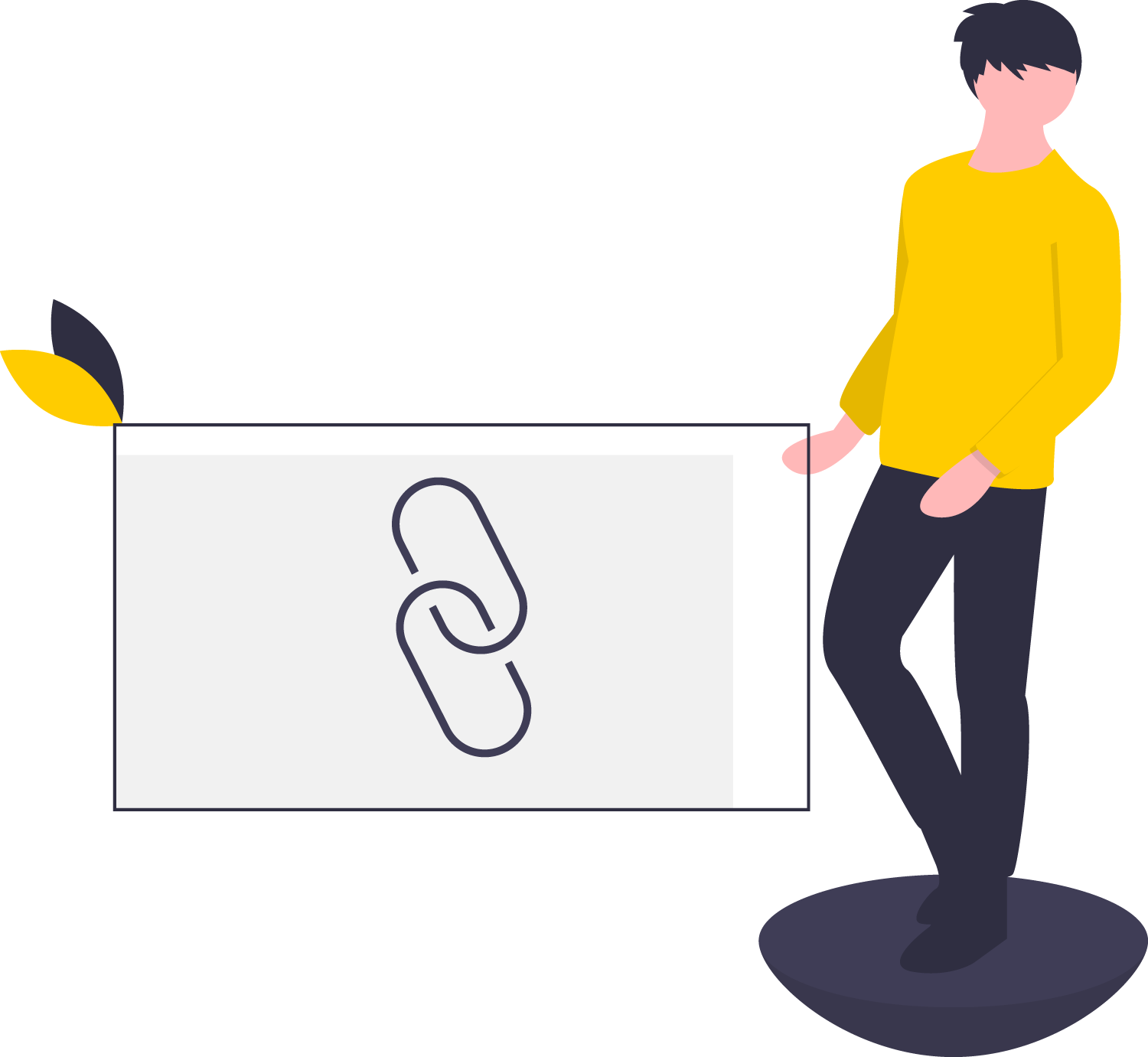

Second, we recommended that they keep their URLs as short and simple as possible. This makes it easier for users to remember and share the URLs, and can also help to improve the site’s usability and user experience.
We also worked to ensure that the URLs were clean and free of unnecessary characters or parameters. This involved removing any unnecessary query strings or parameters from the URLs, and using hyphens to separate words in the URL instead of underscores or other characters. Overall, the changes we made to the site’s URL structure were designed to improve the site’s SEO and user experience. By creating descriptive, keyword-rich URLs that accurately reflect the content of each page, and keeping the URLs as short and simple as possible, we were able to improve the site’s relevance and visibility in search engine results. This has helped the client to attract more traffic, engage more effectively with their audience, and achieve better business results.
Backlink Building
Backlinks, or links from other websites to your own, are one of the most important factors that search engines like Google use to determine the authority and relevance of a website. The more high-quality backlinks a site has, the more likely it is to rank highly in search engine results.
The process of building high-quality backlinks can be challenging, but there are several best practices that can be used to make the process more effective. One approach is to create high-quality, valuable content that other websites will want to link to. This may involve you creating blog posts, infographics, or other types of content that provide value to users and address a specific need or interest.
Another approach to building strong backlinks is to reach out to other websites in your niche or industry and ask for a link. This involves identifying websites that are relevant to your content or audience and reaching out to them with a personalized message that highlights the value of your content.


It’s also important to ensure that backlinks are high-quality and relevant to your site’s content. This means that the linking website should be authoritative and reputable, and the link itself should be relevant to the content on your site. It’s also crucial to avoid building low-quality backlinks or engaging in black hat tactics like buying links or using link farms, as these can actually harm your site’s search engine rankings.
Overall, building high-quality backlinks is a critical aspect of SEO that can help improve a site’s search engine rankings and drive more traffic to the site. By creating valuable content, reaching out to other websites in your industry, and ensuring that backlinks are high-quality and relevant, site owners can improve their site’s authority and visibility in search engine results.
For this client, we reached out to other, non competitive industry peers, journalists, bloggers, and others—and were able to secure the strong backlinks they needed for both the content we had produced for them and to secure links to their business website in general, based on their evolving reputation.
Results:
After just two months of working together, the client saw significant improvements. At that point, the site was indexed for over 169 high-traffic keywords, and there had been a tenfold increase in clicks. The click-through rate has since increased even further, and the average position has improved and been maintained at an excellent level.
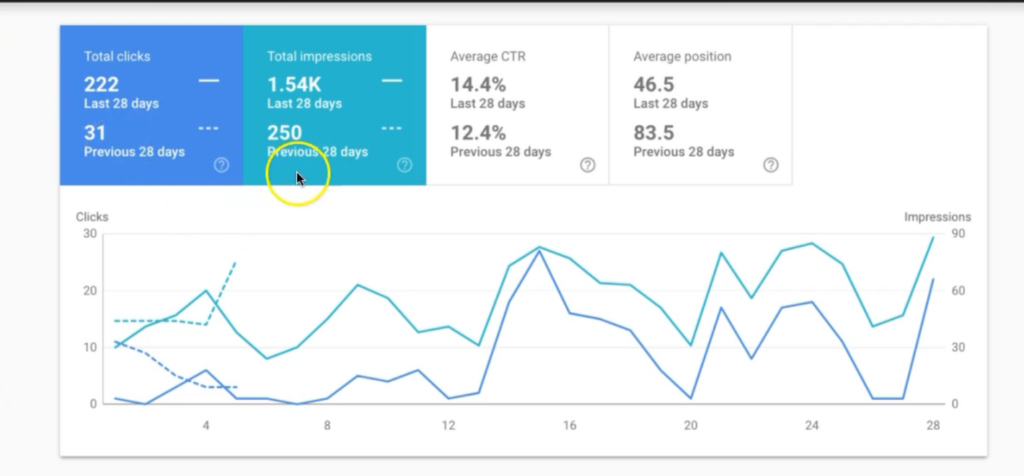
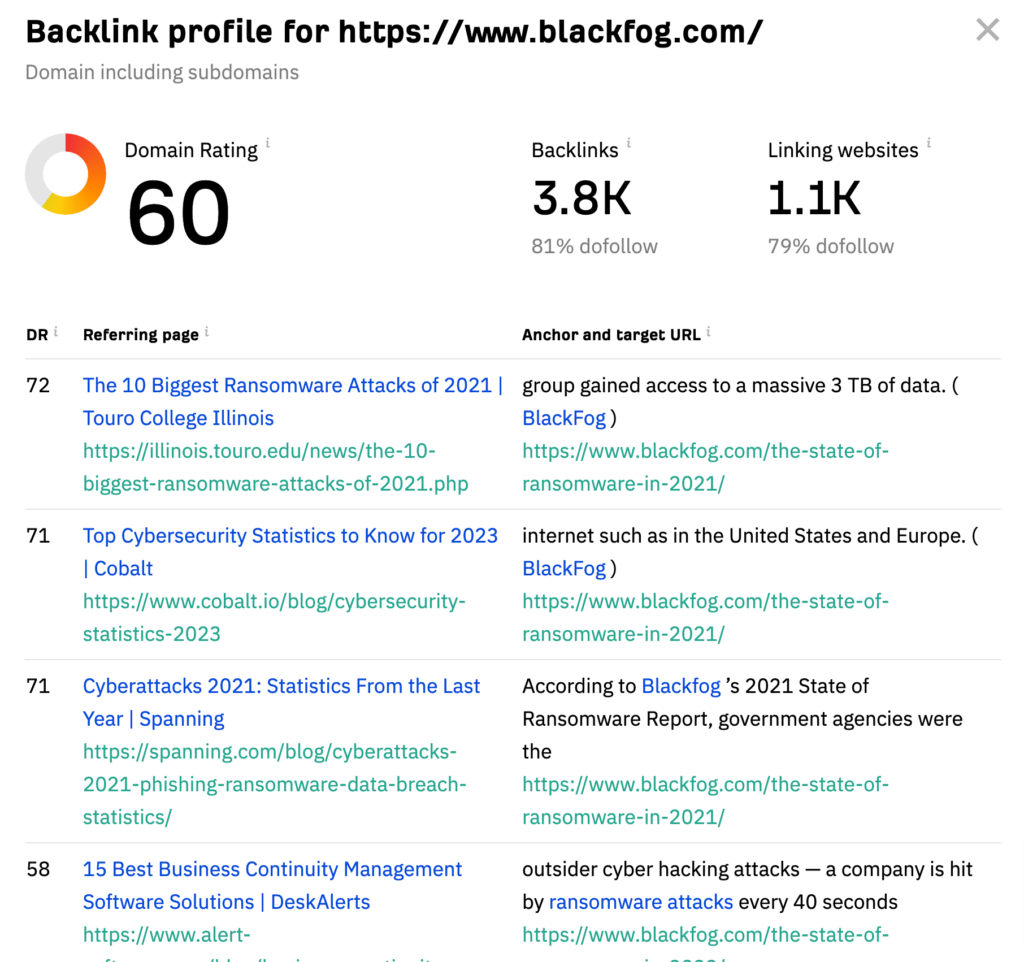
Via our backlinking efforts, the client’s website gained and maintains a 60 domain ranking, the kind of excellent result that any business can be proud of and often considered something very hard for a ‘young’ website like this one to achieve. However, our proprietary linkbuilding process got the job done!
Conclusion:
The success of the project demonstrates the critical importance of SEO for businesses operating in the cybersecurity space. Cybersecurity is a highly competitive and rapidly evolving industry, and businesses that operate in this space must stay ahead of the curve to remain relevant and competitive. This is particularly true in the digital realm, where search engines play a critical role in driving traffic and visibility to websites.
By identifying technical issues and optimizing the site for SEO, we were able to improve the client’s digital presence significantly. This involved conducting a comprehensive audit of the site’s technical SEO, identifying areas for improvement, and implementing best practices to optimize the site’s content and structure for search engines. We also focused on creating high-quality content that provided value to users and addressed their needs and interests.


The results of this project have been impressive, with the business seeing a significant increase in traffic, clicks, and rankings. This demonstrates the potential ROI of investing in SEO for businesses operating in the cybersecurity space. By improving their digital presence and increasing their visibility in search engine results, businesses can attract more leads, engage more effectively with their audience, and ultimately achieve better business results.
The success of this project also highlights the importance of working with a skilled and experienced SEO team.
SEO is a complex and ever-changing field, and businesses that want to achieve true success in this area benefit most when they work with a team that understands the latest best practices and has a track record of delivering results. By partnering with an experienced SEO team, you can improve your digital presence, drive more traffic to your site, and ultimately achieve your business goals.
Our work with this client highlights the importance of SEO for businesses operating in any industry. By addressing technical issues, optimizing the site for SEO, creating high-quality content and implementing an effective, whitehat backlinking campaign, we were able to significantly improve their digital presence, attracting more traffic and achieving impressive results.
If you’re a business looking to improve your digital presence and drive better business results, working with an experienced SEO team is essential. At Pearl Lemon, our team of SEO experts has a proven track record of delivering results for businesses across a range of industries.
To learn more about how Pearl Lemon can help your business improve its SEO and achieve its business goals, visit our website or contact us today. We look forward to working with you!

As Featured In:

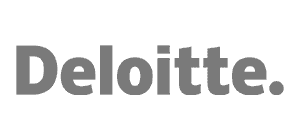






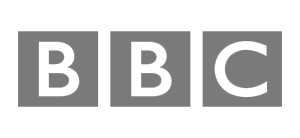


Claim Your Free SEO Audit Now!
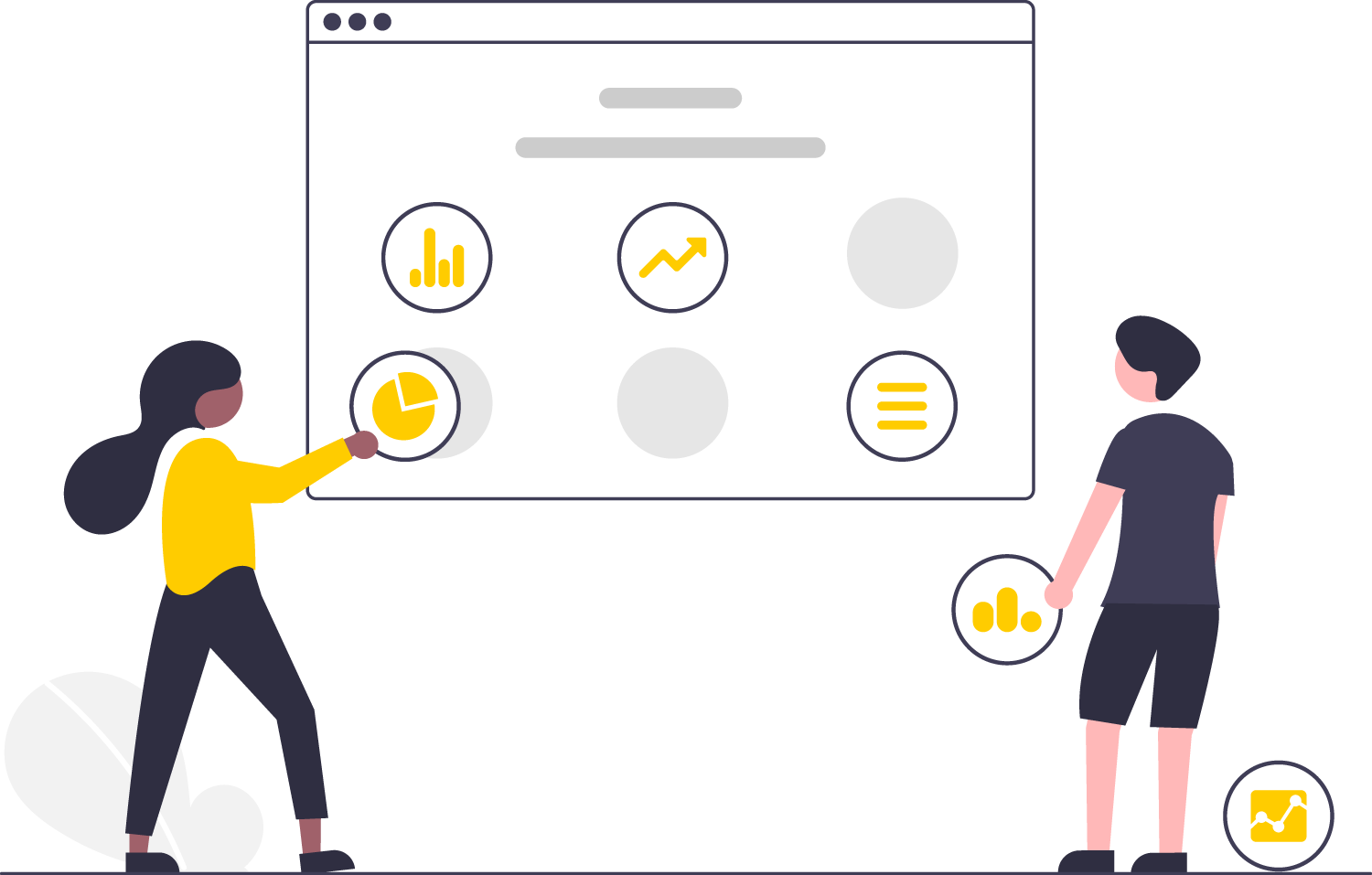
We Have Worked With:

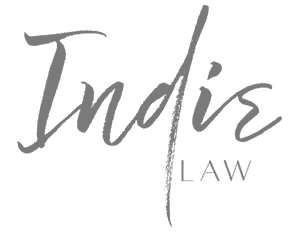









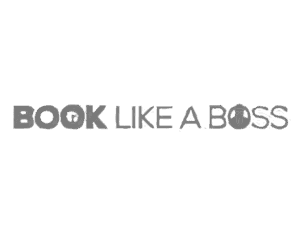


Watch our Case Study videos
Talk is cheap, so we don’t just say what we can do – we can show you! Our SEO campaigns have a track record of not just ranking our client’s sites on page 1 of Google but much more besides. You can expect an improved user experience, more traffic, better conversion rates, increased brand awareness and more.
Testimonials
What Our Clients have said about our SEO Agency.
Here at Pearl Lemon, we can help your company grow.







